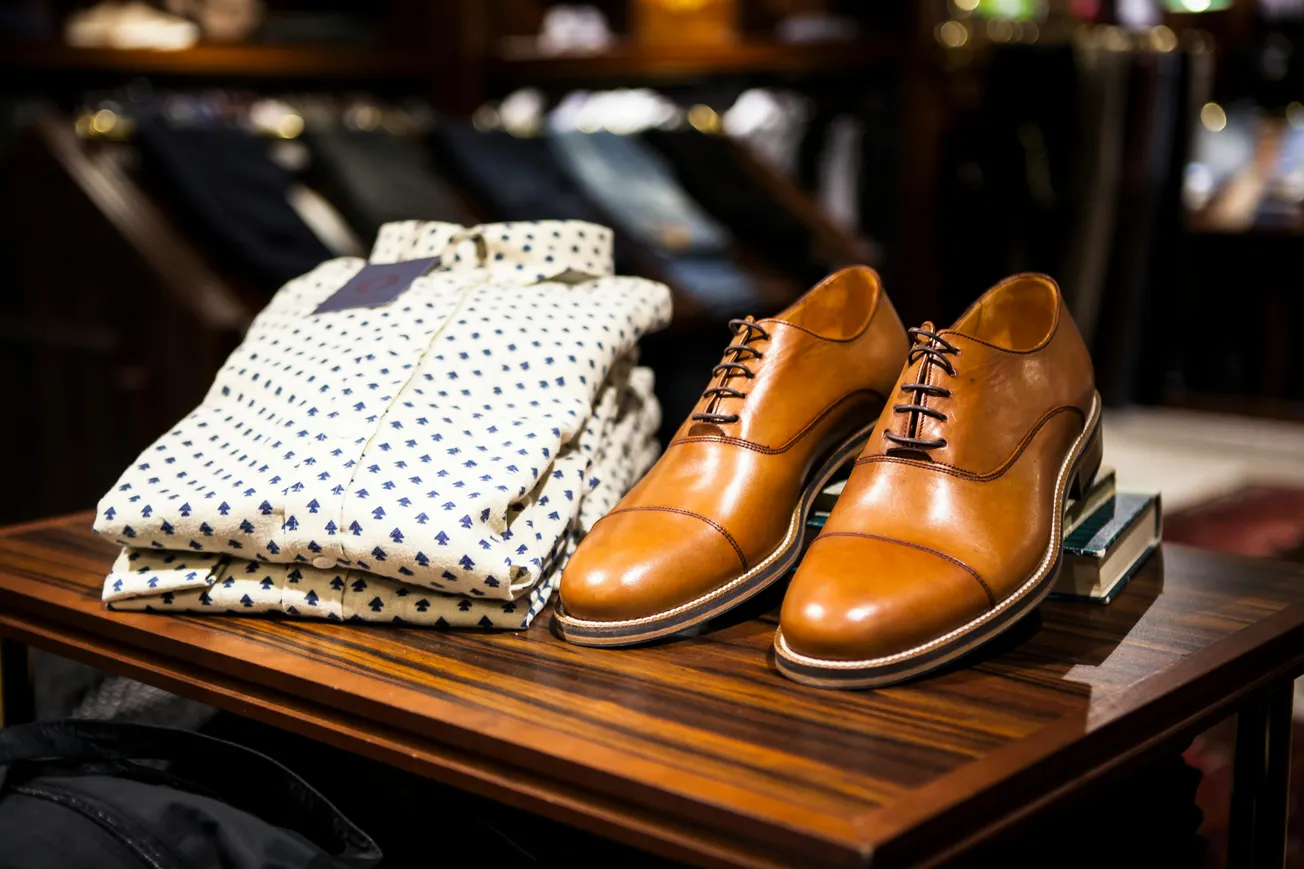The U.S. footwear market remains one of the largest and most dynamic retail segments in the world. According to industry data, the U.S. shoe market is expected to be worth roughly US $88.5 billion in 2023, with a compound annual growth rate (CAGR) of about 3.3% between 2023 and 2028.
Within this market, a handful of brands have emerged as clear leaders — not only in terms of sales but also brand recognition, digital presence and omnichannel execution.
Market leaders and their positioning
- Nike remains the dominant player. It holds one of the largest shares of the U.S. athletic‑footwear market and benefits from extremely high brand awareness.
- Adidas is a strong number two in the U.S., with increasing ambitions to capture more market share, particularly as Nike faces headwinds.
- Skechers is another top‑tier brand in the U.S., especially in value and lifestyle segments of footwear.
- New Balance and Vans also merit mention as brands with strong awareness and relevance in both athletic and lifestyle categories.
Why these brands matter in omnichannel retail
These top brands don’t just move shoes—they shape how shoes are sold. From driving foot traffic in physical stores to dominating e‑commerce and direct‑to‑consumer (D2C) sales, they are at the forefront of how footwear retail is evolving.
For example:
- Execution around product launches, sneaker drops and collaborations (especially with lifestyle and street‑wear culture) gives these brands momentum beyond purely athletic performance.
- Strong omnichannel networks allow top brands to integrate in‑store experience, social commerce, mobile apps and online fulfilment to meet consumer expectations across touchpoints.
- Suppliers, retailers and brand partners must align with these wholesale and D2C leaders in terms of speed to market, digital asset readiness and fulfilment flexibility—especially as growth in online and hybrid formats continues.
Outlook for retailers & brand partners
The footwear market is competitive and fragmenting: smart positioning, strong branding, agility in trend response and robust omnichannel execution will be key.
While Nike and Adidas continue to headline, other brands are increasingly carving out niche segments (for example lifestyle, sustainability, regional performance) that demand attention.
And for retailers or brand partners working with the footwear category, aligning with the top brands means being ready for rapid assortment changes, exclusive drops, and diversified fulfilment (in‑store, click‑&‑collect, direct shipping).
The top US shoe brands aren’t simply selling shoes—their strategies set the pace for category innovation, shopper experience and retail ecosystem dynamics.








